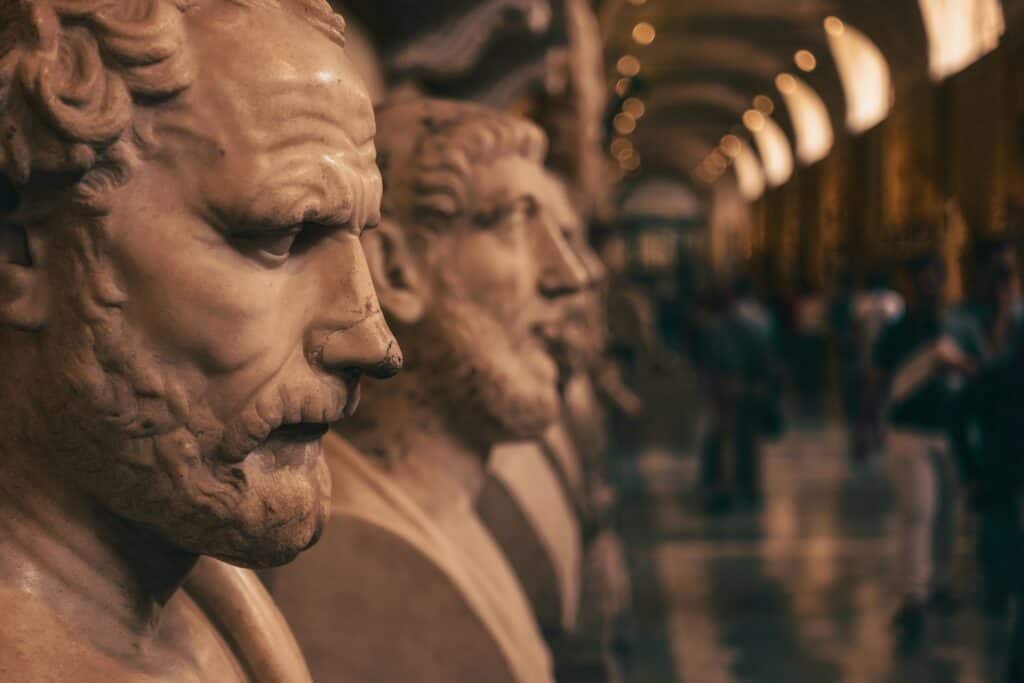
Storytellers have employed a particular cast of eight character archetypes since the very dawn of history. So to create narratives that resonate, let’s embark on a quest into the world of Joseph Campbell’s character archetypes. (Other thinkers delineate these archetypes differently. Carl Jung, for example, identifies 12.) Join us on this heroic journey as we uncover the wisdom of the monomyth and explore how to wield these archetypes to craft stories of epic proportions.
Joseph Campbell’s Eight Character Archetypes: A Hero’s Odyssey
Joseph Campbell, the renowned mythologist, unveiled the Hero’s Journey in 1949’s The Hero With a Thousand Faces. This is a universal storytelling template that transcends culture and time. Central to this journey are character archetypes, timeless figures that shape the narrative’s core. Let’s take a look at the eight character archetypes outlined in Campbell’s work.
- The Hero: Embarks on a quest, faces trials, and emerges transformed.
- The Mentor: Guides the hero with wisdom, often providing crucial knowledge.
- The Threshold Guardian: Challenges the hero at the story’s entrance, testing their resolve.
- The Herald: Brings the call to adventure, igniting the Hero’s Journey.
- The Ally: Offers support, friendship, and assistance to the hero.
- The Shadow: Represents the hero’s inner conflicts, fears, or flaws.
- The Shapeshifter: Shrouded in mystery, this character’s loyalties and intentions remain unclear.
- The Trickster: Injects humor and unpredictability into the narrative.
Embracing Archetypes in Your Writer’s Journey
- Define the Hero’s Journey: Familiarize yourself with the stages of the Hero’s Journey, from the Call to Adventure to the Return of the Elixir. This structure provides a roadmap for character development.
- Character Arcs: Understand how character archetypes evolve throughout the story. Characters may transition from one archetype to another as they grow.
- Conflict and Resolution: Identify the roles archetypes play in creating conflict and driving the plot. How do they challenge or aid the hero’s progress?
- Subvert Expectations: Use archetypes creatively by subverting expectations. A Mentor who betrays the hero or a Trickster with hidden wisdom can add depth.
Practical Applications:
- The Hero’s Odyssey: The Hero’s Journey aligns with the hero archetype. Beowulf from the Anglo-Saxon epic poem Beowulf is an example of an archetypal hero. He is a strong and courageous warrior who defeats the monster Grendel and its mother.
- The Mentor’s Wisdom: Perhaps the most obvious example, and the origin of the term, is Mentor from The Odyssey. Mentor is the wise and trusted advisor to Odysseus’s son, Telemachus. He helps Telemachus search for his father and become a better man.
- The Shapeshifter’s Intrigue: The Shapeshifter may be literal or figurative. Or both. In The Strange Case of Dr. Jekyll and Mr. Hyde, the protagonist, Dr. Jekyll, develops a serum that allows him to transform into a malevolent creature named Mr. Hyde. Dr. Jekyll uses the serum to indulge his dark side, but he eventually loses control of Mr. Hyde, who commits a series of brutal crimes. Here, the shapeshifting is physical as well as moral.
- The Trickster’s Wit: Puck from Shakespeare’s A Midsummer Night’s Dream is a mischievous fairy who plays tricks on the other characters in the play. He is neither necessarily good nor evil, but his actions have a heavy influence on the play’s events.
- The Threshold Guardian’s Riddle: The Sphinx from Greek mythology is a mythical creature that guards the entrance to the city of Thebes. She asks travelers a riddle, and those who cannot answer correctly are killed. Oedipus is able to answer the riddle correctly and is allowed to pass, thereby setting his tragedy in motion.
Exercises to Master Archetypes
- Character Development Worksheets: Create detailed character profiles, exploring their motivations, fears, and growth throughout the story.
- Archetypal Dialogues: Write dialogues between characters representing contrasting archetypes. Explore how their worldviews clash and evolve.
- Character Transformation: Craft character arcs that showcase their evolution from one archetype to another.
Archetypal Mastery: Crafting Legendary Tales
As you embark on your writing odyssey, don’t forget to make your cast of characters resonate with these historical profiles. These archetypes remain impactful today because they mirror the hero’s journey we all embark upon in life.
Of course, your Hero’s Journey wouldn’t be complete without contacting us! Let us be your Mentor and Ally throughout the publishing process. Your hero’s last step — from myth to print — awaits!

